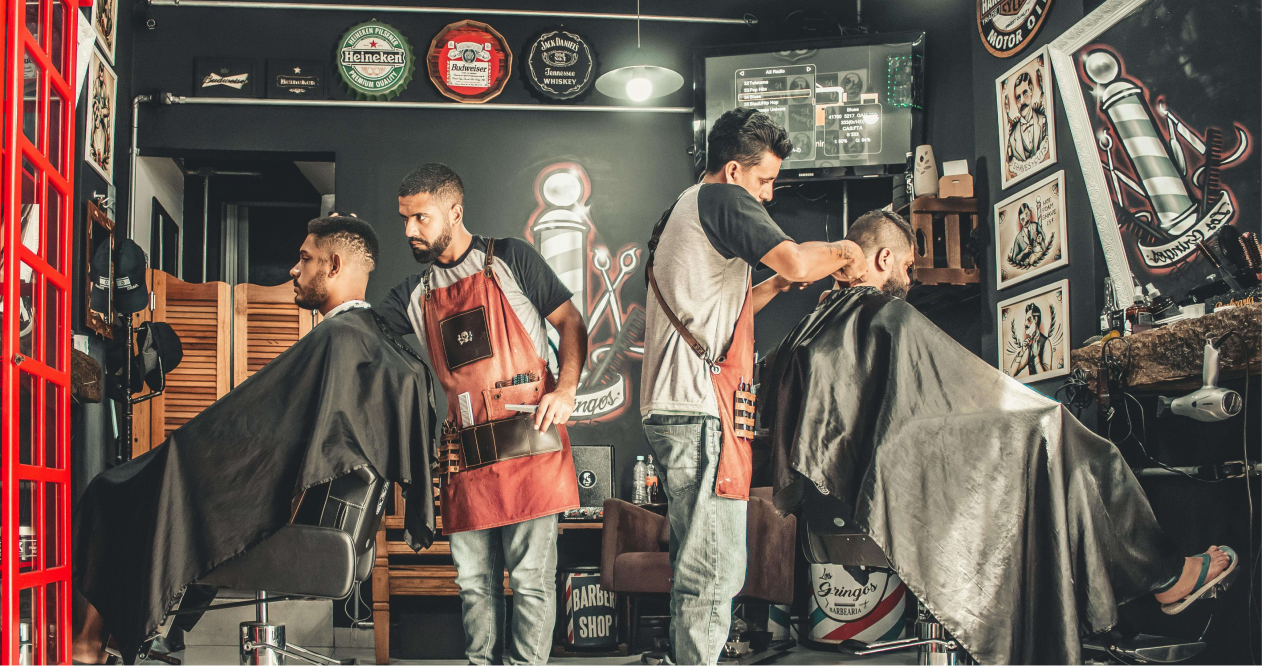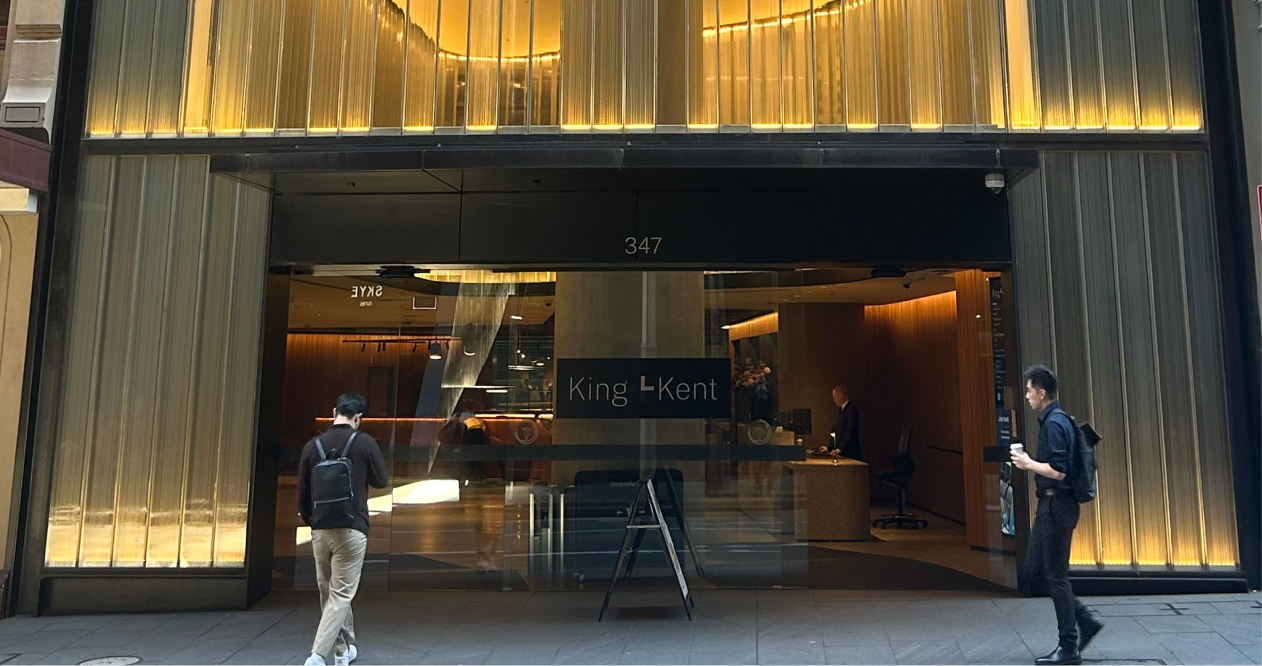Running a business can be a leaky bucket in terms of unnecessary expenditure and often the key to plugging the holes is simply knowing where they are. Energy, whilst it might seem like a fixed cost that’s beyond your business’s control, is actually an area of multiple variables both in terms of the rates you pay, and the way you use it – and when you get them all right, the impact on your business’s energy costs and efficiency can be dramatic.
So where do you start if you want to boost energy efficiency in your business, and ultimately better your bottom line? Right here – read on for our top 22 energy saving tips recommended by the Energy Experts at Zembl.
1. Get your energy rate competitive
Before you look at how to reduce your overall consumption, you need to know that you’re not paying more than you should be for energy in the first place. At Zembl we offer business energy bill comparisons where we compare your current energy plan or contract against alternatives that are available from our panel of top Aussie business electricity & gas retailers. This gives you peace of mind that the energy rates you’re paying are competitive in today’s market.
From there, it’s onto the myriad of things you can do to improve your business’s energy efficiency – all of which can be powerful in helping you consume less energy without harming your productivity or quality of output.
2. Seal air ducts
Temperature control is a losing battle when you have leaky ducts. Sealing air ducts can drastically reduce heating and cooling costs, optimising the effectiveness of your appliances and systems so they don’t have to work as hard.
Signs of leaking ducts include uneven cooling or heating from equipment, excessive dust, and noticeable drafts. When you suspect a problem, get to the source by a combination of techniques including visual inspection (look for visible damage on the ductwork), feeling for air movement (place hands around joints and seams), listening (for whistling or hissing noises) or even a smoke test (using smoke or visible vapour to show where air is escaping). Alternatively, you can engage a professional HVAC technician to perform a duct leakage test using specialised equipment.
3. Improve heating and cooling systems
Outdated HVAC systems can be voracious energy guzzlers. Upgrading to more efficient systems is a great way to curb energy consumption and enhance your business's sustainability. Reverse-cycle split system air conditioners, commonly known as Heat Pumps can both heat and cool using significantly less energy (up to 70%) than traditional electric heating and cooling units. They work by extracting heat from the air, even in cold temperatures and come with the added benefit of a low greenhouse emissions.

4. Replace windows
Single-pane windows are a relic of the past and upgrading to today’s most energy efficient glazing options can reduce both your business’s energy consumption, and its bills. Double or triple-pane windows provide better insulation that single pane; better still are windows with a low emissivity or ‘low-e’ coating. This microscopic layer reduces thermal transfer, which in winter means less heat gets out, and in summer, less gets in. Low-e windows consequently have the power to reduce dependency on HVAC systems for perfect temperature control.
5. Upgrade lighting
Just like windows, lighting has come a long way in terms of energy efficiency – and swapping out lighting is not just energy efficient, it’s one of the most cost-effective measures you can take as well. Simply swap out traditional incandescent bulbs for LEDs. Today’s LEDs include options for every space and are a far cry from the odd-looking protruding bulbs they were a few decades ago – plus in Australia, the LED lights Government Scheme provide businesses with a 20-70% subsidy which makes it incredibly cheap to install them business-wide. Today’s impressive range of LEDs also come with features that integrate with today’s most advanced smart lighting options, which could take your business’s energy efficiency to the next level. (See also Tip 18: Install motion-sensor lights).

6. Invest in energy-efficient appliances
Upgrading appliances might come with an initial financial outlay, but typically they pay your business back with energy efficiency gains within just 2 to 5 years – which is why they’re a smart investment into your business’s future bottom line. Invest in appliances that come with the highest efficiency ratings, and to add to your gains, look for those that also qualify for rebates or tax incentives.
7. Prevent ‘vampire’ energy drain
Vampire energy drain is just what it sounds like; the sort that stealthily and invisibly sucks at your business (and its bank account) with needless energy consumption. Unplugging chargers and equipment when not in use is your deadly weapon against this silent energy drain. Do you really know how much energy your Wi-Fi router is using? Are monitors being left on all week long? What’s guzzling energy in places that aren’t obvious. A prudent approach can help you seek them out and give them a Vampire’s kiss goodbye.

8. Time your signage
If your business uses electric signs or signage that is lit in other ways, time your signage to light up only at times when it serves your business. Are potential customers really driving past at 3am? Can you use smart or timed lighting solutions to program your sign’s operation, so you don’t have to? Being prudent with signage both conserves energy and extends its lifespan – both of which are energy savers.
9. Lights off, savings on
Even if your premises doesn’t have advanced motion-sensor or programmed lighting in its spaces, anyone can be encouraged to turn off a light when leaving a room. Placing subtle signage in your spaces such as "lights off, savings on" will provide both a reminder for staff, and create an energy-conscious culture within your business.

10. Program your thermostats
Just like smart lighting, you can use programmable thermostats to automatically adjust the temperature in your business spaces, powering it up and down as the environment changes and powering it down completely during off-hours. This optimises energy consumption and keeps your office comfortable when it's occupied, and reducing your energy bills when it’s not.
11. Reduce peak demand
Energy usage rates are not static and fluctuate just like any other costs with the laws of supply and demand. Blasting all equipment through peak demand periods will lead to a surge in your energy rates and resulting bill. Look at your operations strategically and avoid high-cost energy periods by shifting non-essential power use to off-peak times. An example of this would be a golf club charging their golf carts at night, as this is a cheaper off-peak time. If you seize control of the bull that is peak demand pricing, the winner will be you.

12. Nurture an energy-efficient culture
Remember, energy efficiency isn’t just about reducing your carbon emissions, it’s about bettering your business bottom line. That said, focusing on lowering emissions may be more engaging for today’s eco-conscious employee than helping you make a buck – which is why it’s smart to nurture a culture of energy consciousness to support the environment and Australia’s and the globe’s collective commitment to sustainability. Simple practices like shutting down computers at the end of the day can lead to significant savings over time that will benefit both the planet and your business’s bottom line, which is a win-win for everyone.
13. Maintain equipment
Especially when it comes to operations that involve manufacturing or any major mechanical effort, regular maintenance is key to ensure your equipment is energy-efficient and not using more than it needs to. Without proper tuning and lubrication, friction can develop in many kinds of equipment which can significantly impact energy usage. Regular cleaning, inspections and tuning, on the other hand, are all worth their weight in energy-saving gold.

14. Use solar power
This renewable energy source has come of age over the last few years and can significantly reduce your energy bills and carbon footprint. Today’s solutions also offer Solar Batteries for the storage of solar energy to give your business peace of mind, rain or shine. You also have the option to sell any power you use back to the grid – another potential winner for your business’s bottom line.
15. Maintain heating and cooling systems
Just like other business equipment, HVAC systems are machines that need regular maintenance to perform at their best. Maintenance measures include changing air filters, cleaning condenser and evaporator coils, checking for leaks in ductwork, clearing debris around outdoor units and calibrating thermostats. If your business leases its premises, talk to your Energy Manager or Maintenance Manager who will be responsible for your HVAC system and can advise of the program in place for your building.

16. Maximise natural light
If you’ve got it, flaunt it – a business premises with large widows and strong natural sources of sunlight is an energy-saving opportunity in the waiting. Consider which areas of your spaces need artificial lighting and which don’t. Also consider the changing light during the hours of the day – an area may need to be lit from say, 4.30pm as the sun gets lower, but not at high noon. Consider also the changing natural light availability from season to season. Taking advantage of every drop of sunlight nature provides your business can be a powerful energy saver.
17. Use power strips
Whilst it might be obvious to turn business appliances off at night, what about all the unseen components and other bits connected to them? That’s where power strips or particularly ‘smart power strips’ come in. They work by automatically cutting off power to connected devices automatically when they’re not in use. Using power strips is like having an energy guardian, eliminating power drain so you don’t have to – they’re especially useful for any device that has a number of other less obvious ones connected to it.
18. Install motion sensor lights
Motion-sensor lighting provides significant energy-saving benefits for businesses by sensing when people or objects are moving through lit areas and turning lights on only when motion is detected – then turning them off again when motion stops. Whether it’s a meeting room, a bathroom, a hallway, storage room or parking lot, having motion-triggered lighting can save thousands of kilowatts worth of energy a month without even having to think about it.

19. Use energy-efficient computers
They might not seem as energy-hungry as heavy machinery, but when you think about all the work computers do, it’s not surprising they use their fair share of business energy. Moreover, in businesses with high numbers of desk-workers, a computer is required per person, so the energy consumption is multiplied.
When choosing computers for your business, the focus is usually on all their latest user-features, but don’t forget their energy rating. Computers, like dishwashers and other appliances come with Energy Star certification. To maximise energy efficiency in your computer fleet, check the label which shows a star rating from 1 to 6 (6 being the best) and look for computers with sleep mode or power management features. Computers such as the Apple MacBook Air, Dell XPS 13, and Lenovo ThinkPad X1 Carbon are known for their energy-efficiency.
20. Go paperless
Switching to paperless billing and document management not only stands out as a positive move for the environment, but it also comes with the added benefit of significantly reducing energy consumption. It means you can use and maintain a printer less (if at all) which is one less plug draining energy in the wall. Some key areas to target for paperless operation include contracts (embrace DocuSign instead), internal communication, marketing and billing.
21. Install a tankless water heater
Tankless water heaters heat water on demand, instead of storing it hot in a tank. When you turn on the tap, water flows through a heat exchanger (either a gas burner or electric element) eliminating the energy cost of keeping water hot when it's not needed. Whilst tankless water heaters are more expensive to install, they can have around double the lifespan of a tank water heater and use around 34% less energy than the standard option.

22. Embrace a hybrid workplace
Finally, depending on the type of business you operate, a hybrid working environment may not only be a welcome benefit to help your team achieve work-life balance, but it can also be a powerful energy saver. Even if you run a business where certain roles can’t be done remotely (e.g. a trade business or a café) consider which roles can be at least in part from home, then adjust your operations accordingly. To maximise hybrid work environments, make sure motion sensors, smart lighting, power strips and many of the automated energy-savers mentioned in this blog are in place – just so those empty seats aren’t using energy when their usual occupants are working remotely anyway.
How Zembl can help
By implementing these energy saving tips, you'll not only see a notable reduction in your energy bills but also make a positive impact on the environment. As always, Zembl are here to help.
If your business spends less than about $3,000 per month on energy, the first and most important step is to get in touch with us for a free business energy bill comparison. We’ll compare energy plans from our panel of top Australian energy retailers, and make sure you aren’t paying more than you should be. Better still, if you are, we can switch you to the cheaper plan on the spot.
If you’re a business that uses a lot of energy, spending more than about $3,000 per month, you’ll want to speak to our Commercial Energy Consultants who can chat to you about our energy procurement service. With this service we can negotiate competitive rates in a new energy contract on your behalf, then provide more than just energy procurement, including energy intelligence consulting to gain insights from your meter data, and informed energy efficiency recommendations to help you maximise the potential of your energy use.
Either way, fill in our contact form below, upload a recent energy bill, and expect a fast call-back from our team.







.png)


.svg)
